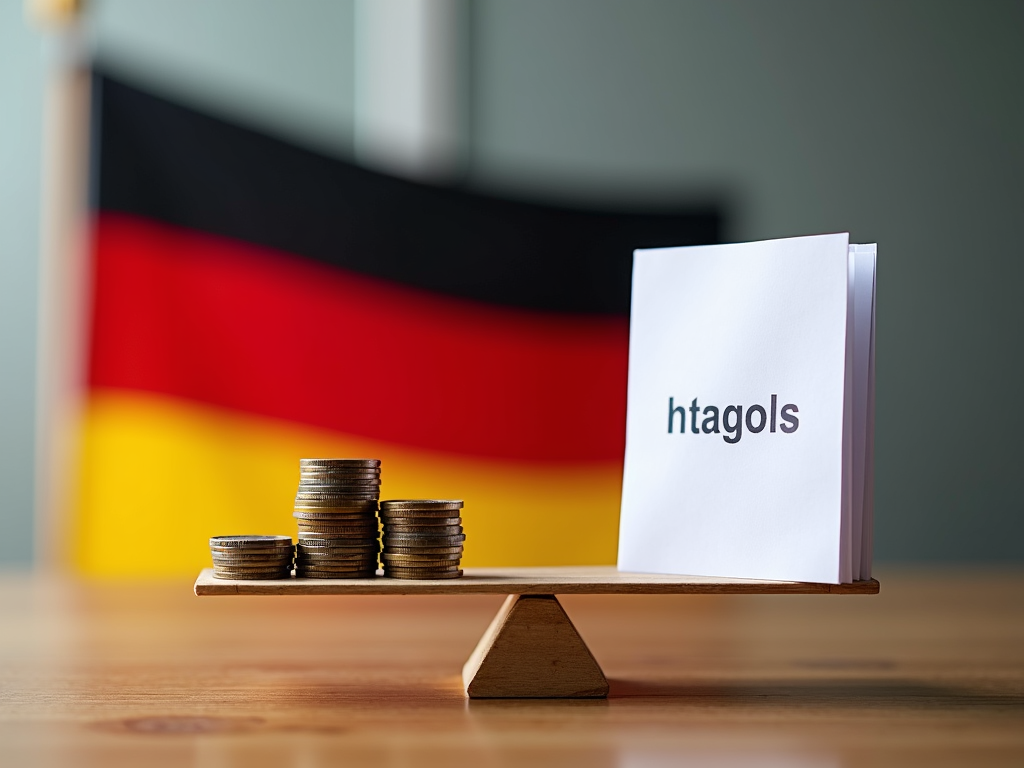The Riester pension, introduced in 2002, is a fundamental component of German pension provision. With state subsidies and tax advantages, it particularly attracts low-income families. However, like a coin, there are also downsides: high costs and complex contracts scare many off. This article highlights the pros and cons of the Riester pension and offers valuable tips on how to make the most of this form of investment. Discover for whom the Riester pension is particularly advantageous and how to use it optimally.
The Balance Between Benefits and Challenges of the Riester Pension

The Riester pension, introduced in 2002, is at the center of the debate on private pension provision in Germany. This state-supported form of pension has both advantages and disadvantages that must be considered in a balanced assessment.
Among the most obvious advantages of the Riester pension is certainly the state support, realized through basic subsidies and specific child subsidies. Every eligible person can receive an annual basic subsidy of 175 euros, while for each child, further amounts of 185-300 euros are possible, depending on the year of birth of the child. These subsidies especially support low-income families, for whom state assistance often exceeds their own contributions. The tax-reducing effect of the Riester contributions, which can be deducted as extraordinary expenses up to 2,100 euros per year, provides additional financial benefits during the accumulation phase.
Another positive aspect is the security of the investment. Riester contracts guarantee the repayment of the contributions made, as they primarily invest in low-risk bonds. This minimizes loss risks but still leads to the real challenge of generally low yields. It is also unique that the Riester pension is partially excluded from social assistance in old age, which can be advantageous in times of financial crisis.
The disadvantages primarily manifest themselves in the low yield, which is often below the inflation rate, leading to a real negative yield. Additionally, the closing and management costs associated with Riester contracts are relatively high in the early years and further reduce the yield. The contracts are complex and inflexible: adjustment options are limited, and early termination is often associated with significant financial losses, including the repayment of received state subsidies.
Another critical point is the deferred taxation. Payments during retirement are subject to taxation, but the tax rate might be lower in old age compared to working life, which could offer advantages. In summary, the Riester pension offers a varied landscape in which the targeted use of state subsidies and the individual income situation determine the suitability of this pension instrument.
Who Benefits from the Riester Pension: Strategies for Optimal Use

The Riester pension represents an interesting option for many Germans regarding pension provision, especially due to its state support, which is particularly beneficial for certain groups. However, despite the advantages, there are also obstacles to overcome, especially due to potentially low returns and sometimes high costs. To get the most out of this form of investment, targeted planning and a deeper understanding of the subsidy mechanisms are necessary.
When considering who profits most from the Riester pension, certain popular groups emerge. Low-income families with multiple children are the main beneficiaries, as they receive particularly high child subsidies, which often exceed personal contributions. Single parents can also greatly benefit from these subsidies, making the Riester pension an attractive option for future financial security.
Additionally, individuals with lower incomes may find it useful to include the Riester pension in their pension strategy. Even with minimal contributions, these can be significantly valued thanks to the annual basic subsidy of 175 euros per saver and the subsidies for children. This support can be an essential part of a long-term savings plan to ensure financial security in old age.
For optimal use of the Riester pension, some reflections and strategic decisions are necessary. The tax savings during the accumulation phase should not be underestimated, as contributions are tax-deductible and can thus reduce the annual tax burden. However, the saver must keep in mind that payments during retirement must be taxed, although the tax rate in this phase of life is often lower than during active working life.
Another important aspect is the integration of the Riester pension into an overall pension strategy. The Riester for home could be an interesting alternative, especially for those who wish to pay off property loans and remain in their property long-term. However, it is important to consider the flexibility of the Riester contract, which only allows a one-time switch between traditional contracts and Riester for home.
Finally, the contract should not be prematurely terminated, as this often results in financial losses and the obligation to repay received subsidies. Careful planning and, if necessary, consulting with experts are recommended to fully leverage the advantages of the Riester pension.